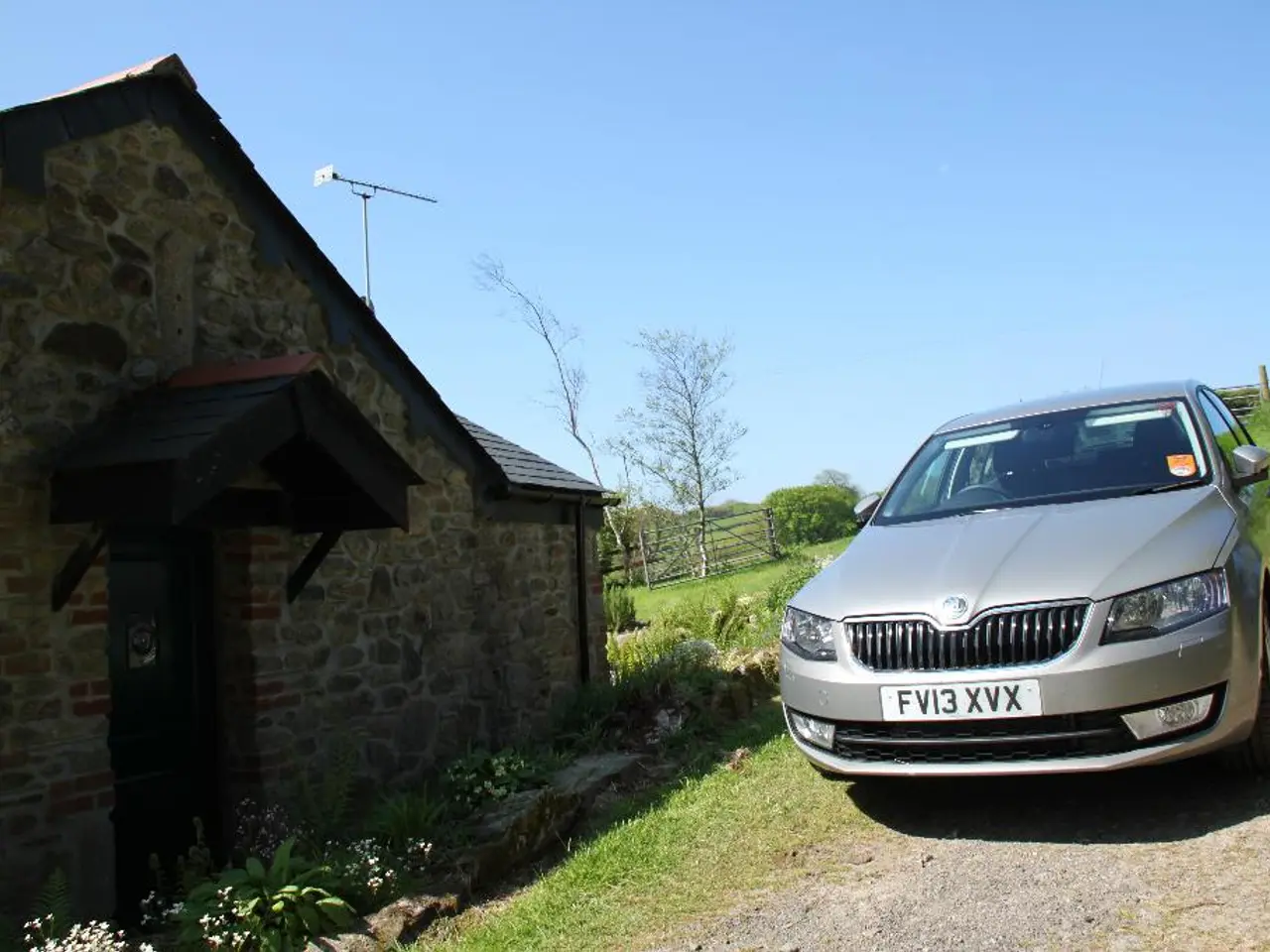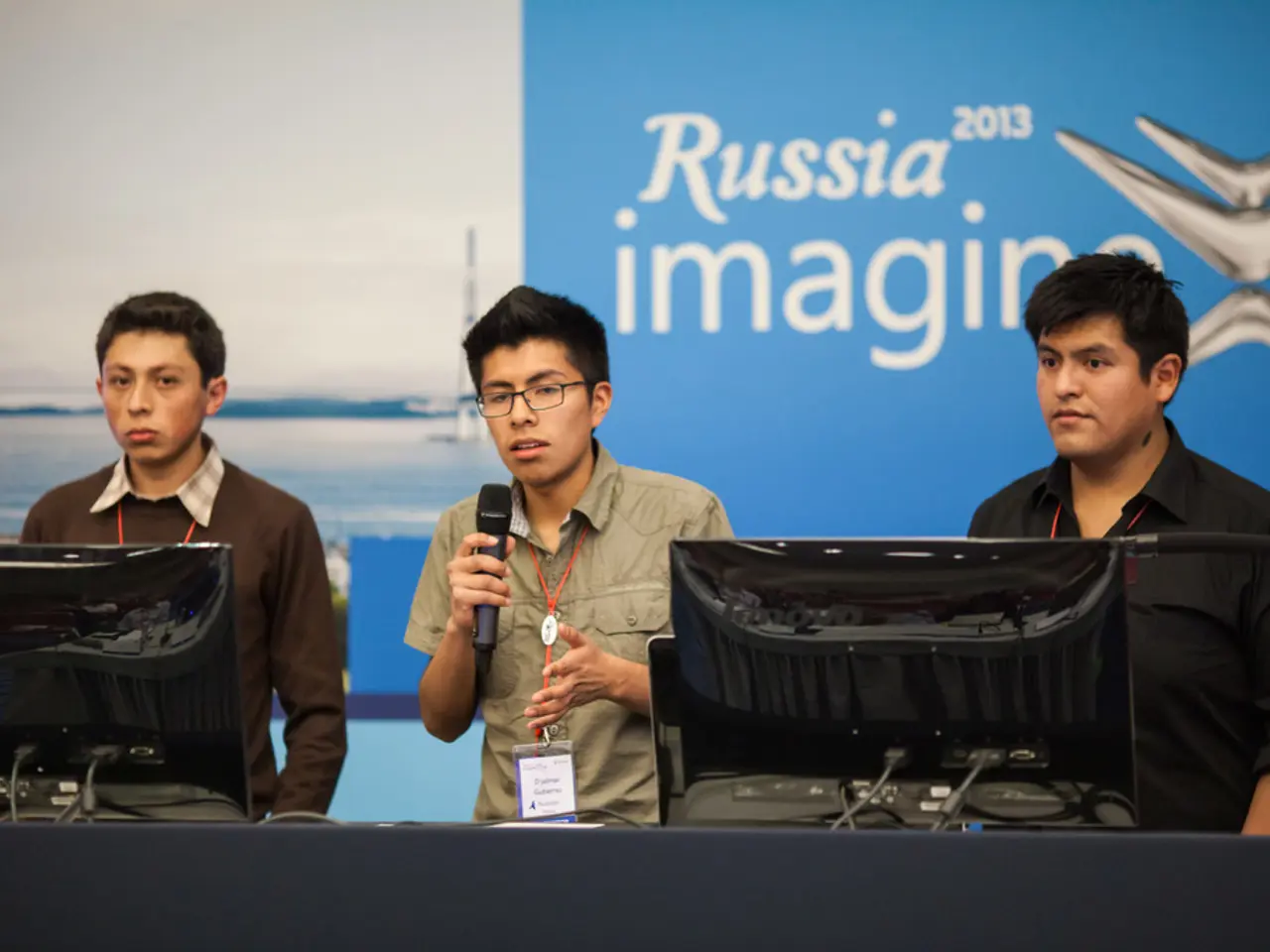Strengthening Renewable Energy: Overcoming the Challenges in Energy Storage
In the pursuit of a sustainable energy future, long-duration energy storage (LDES) technologies are emerging as crucial components to address the intermittency of renewable energy sources. These technologies, capable of storing energy for 8 hours or more, are poised to revolutionize the energy landscape.
One promising contender is the iron-air battery, which uses the reversible oxidation/reduction of iron to store energy for multiple days. Abundant iron resources and potential low costs make this technology attractive. Companies like Natron Energy are working towards commercial versions, with applications spanning both backup (diurnal) and long-duration storage scenarios.
Flow batteries, another promising LDES technology, use liquid electrolytes stored in tanks, making them scalable for long-duration discharge. Their flexibility and long cycle life make them suitable for grid-scale applications.
Hydrogen storage, while useful for very long-duration and seasonal storage, faces ongoing challenges in terms of efficiency and infrastructure. Nonetheless, it is being explored as a fuel for ships, planes, and industrial processes, and hydrogen and its derivatives are being considered as potential solutions for long-duration energy storage.
Carbon dioxide (CO2) batteries, recently commercialized by Energy Dome, can provide 8 to 24 hours of continuous energy dispatch. These batteries are modular, supply-chain independent, and provide grid inertia to stabilize frequency amid increased renewable penetration. They are designed to meet both baseload and flexibility requirements, with major commercial partnerships like Google on board.
Thermal energy storage, including sand batteries and aquifer storage, convert electricity to heat, store it for days or weeks, then convert back to electricity or direct heat use. These technologies provide multi-day energy buffering at potentially low cost and long life, making them useful for seasonal storage.
Hybrid Energy Storage Systems (HESS) combine technologies such as batteries with supercapacitors, flywheels, or pumped hydro to optimize power and energy density and extend cycle life. Hybrids improve battery life by approximately 40%, power delivery by 60%, and maintain over 90% efficiency. Practical deployments show significant cost savings and efficiency benefits over single-technology systems.
Current development status shows that iron-air and flow batteries are in advanced development with pilot and early commercial projects underway. The CO2 battery has reached early commercial scalability with strategic agreements and operational projects. Hydrogen storage is commercially deployed but still costly and infrastructure-limited. Thermal storage technologies are being piloted and deployed especially in seasonal and industrial contexts. Hybrid systems are increasingly commercially viable, driven by advances in power electronics and integrated controls, with market growth expected to accelerate rapidly.
The German energy company Enertrag is building a facility that uses hydrogen in both ways, storing it for weeks as an emergency backup measure. Energy expert Wolf-Peter Schill of the German Institute for Economic Research believes that hydrogen gas could be the technology of choice for long-duration storage. Amber Kinetics produces flywheels that can store energy for weeks and are most cost-effective when used at least daily.
The challenge lies in avoiding blackouts without relying on fossil fuels during periods of low renewable energy production. Lithium-ion batteries are popular for electricity storage but are only cost-effective in bridging daily fluctuations, not multiday doldrums. Being smarter about when we draw electricity from the grid, such as charging electric cars at midday when the Sun is blazing, can help reduce the need for storage.
Engineers are developing new kinds of batteries, systems that harness air pressure, spinning wheels, heat, or chemicals like hydrogen to store energy for longer durations. The race is on to find the most efficient, cost-effective, and sustainable solutions for long-duration energy storage, with countries like Germany and the US aiming to become 100% clean-energy-powered by 2035.
- The iron-air battery, a promising option in the renewable-energy industry, is being developed by companies like Natron Energy, with its potential low costs and abundant iron resources making it an attractive choice for long-duration energy storage.
- Flow batteries, another promising technology in the renewable-energy sector, use liquid electrolytes stored in tanks, making them scalable for long-duration discharge and suitable for grid-scale applications, especially in the pursuit of a sustainable energy future.




